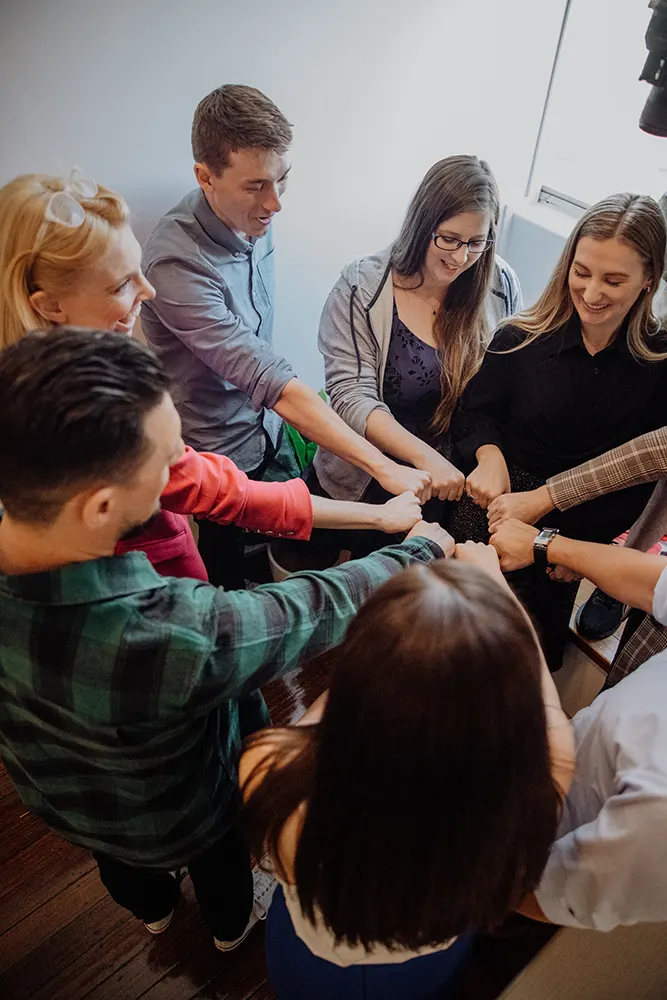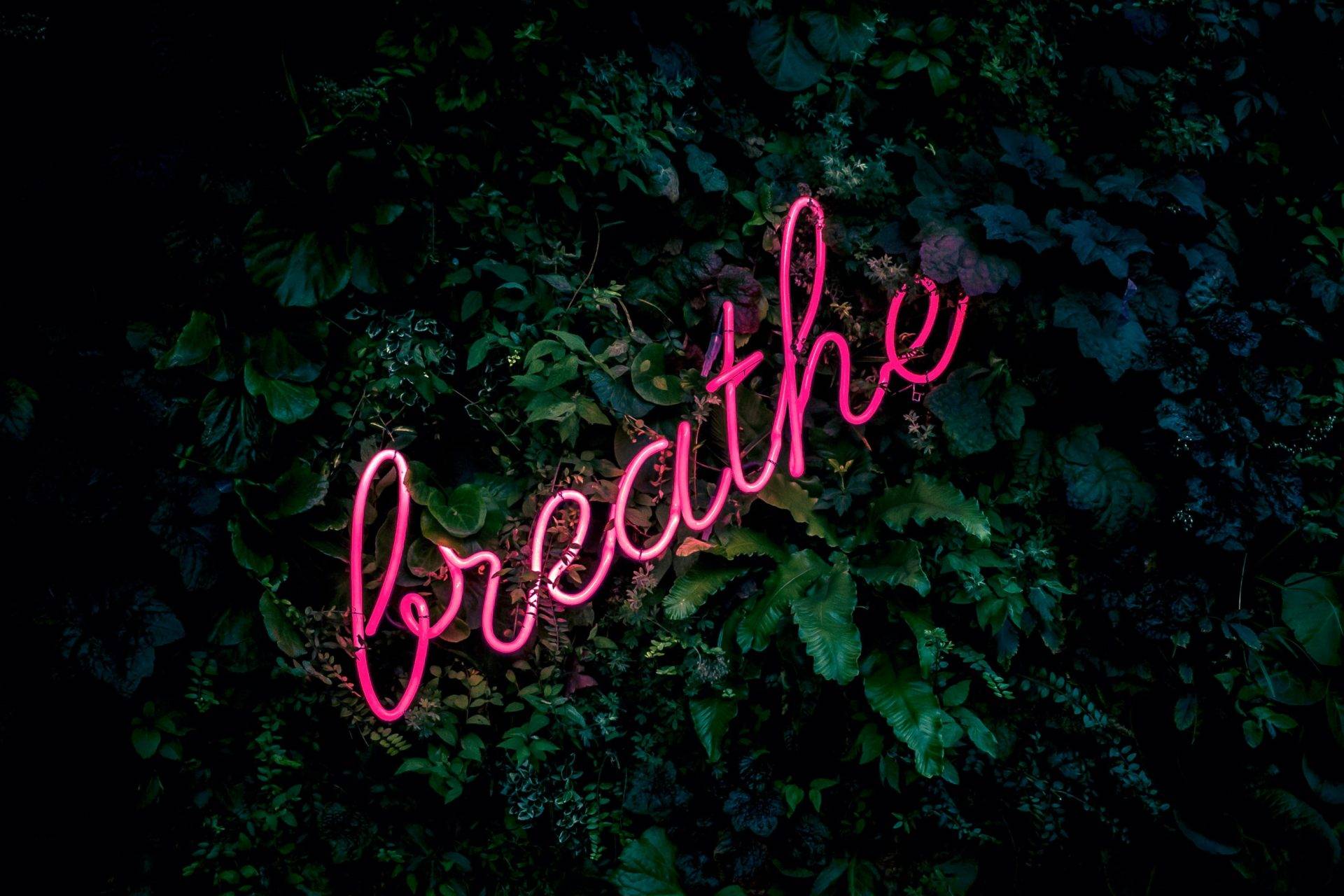If you haven’t heard the term Content Design yet my prediction is that you will hear it a lot in 2019. We’ve been talking about it in the Pixel Palace office quite a bit over the last few months in our strategic planning on projects and it’s a process we’re working on implementing in more projects moving forward. Exciting times!
So what is Content Design?
Content design is an approach for creating your content. It’s based on analysing your users and their needs and using that info to form your content strategy, develop great content and then implement it well. Here’s 5 things you need to know about Content Design.
1. Content is more than words
For a long time, content has just been thought of in terms of “words”. In the past you or your marketing team would deliver content to the web or digital marketing team and then it was over to them to pretty it up and turn it into a website with maybe some SEO on page optimisation thrown in for good measure. But today “content” covers so much more than words. It encompasses the strategy, the words, the information and the graphic and design elements as a whole in order to create a dynamic content experience that serves all users and agendas.
2. Content Design is about understanding the science of how humans read digital content
People always ask whether we’re concerned about the rise of DIY platforms for web – and my answer is always no. No amount of templated website goodness will beat a custom digital presence that has had great content design strategised and implemented. Content design is about understanding the science behind how humans read digital content and using that to create a great user experience and outcomes. It’s about doing the hard work for your users by sifting through all of the information and creating great consumable content that enables users to easily and painlessly find what they need and get where they need to go.
Good content design allows people to do or find out what they need to … Simply and quickly using the most appropriate content format available.
Gov.uk
3. Content design starts with understanding the journey your users take before they even hit your website
And then how they act once they do. So many elements influence what people want and expect from your website and content. A few to consider include:
- The path they’ve taken to get to your site & content
- What they’ve seen, read and consumed already
- Their prior knowledge and understanding of the topic
- Their motivation or reason for looking for this content
- What they might want to do after they have consumed your content
That’s a lot to consider right? If we put users front and center and then develop content FOR them – the design is the final step in the process – and premade template websites suddenly look a whole lot less appealing.
Here’s another reason to consider content design on your project…
4. Content design will streamline your project
In my experience the biggest issue or roadblock on projects is content. It’s often seen as an insurmountable task to revise and rewrite content from an old site especially if the site has been identified as “just needing a front end design refresh”. A design refresh is hardly ever all that’s needed though. How people consume and use content and websites has changed quickly and considerably in the last few years, not to mention how much a business and it’s target market might have changed and evolved since that content was originally written.
It takes a huge amount of time and energy resource to develop content so it makes sense to approach this process from a strategic content design perspective before resources are wasted developing content that simply doesn’t work. And by implementing content design in your project the design fits seamlessly with your content which means less scope creep and revisions and an overall punchier end product.
Content design helps you make strategic decisions based on what your users actually need and not on what we as content and website creators think fits our personal design and content agendas of what we think looks or sounds good. It makes us put stakeholder and designer ego aside and focus on the user.
It gives method to the madness in terms of getting stakeholder approval and buy in – a process that in multi person teams and larger organisations can be tedious. It’s hard to argue with fact based design decisions and takes emotion or subjective opinion off the table. Content design helps convince stakeholders not to nitpick about content and design for no good reason, educating them by using and sharing real data and working collaboratively.
5. Content design is about designing “experiences”
In the end content design is about designing experiences. It’s about focusing on the “why” – why people are here and why they might want to take action. And it should feel almost invisible. Great design is easy to miss because it focuses attention on the messaging itself by creating an “experience” for the user. The challenge for us all is to create outcomes using content design that marry what consumers want with company goals.
If you’re interested in learning more check out Sarah Richards (a UK expert in Content Design) and her book – Content Design









